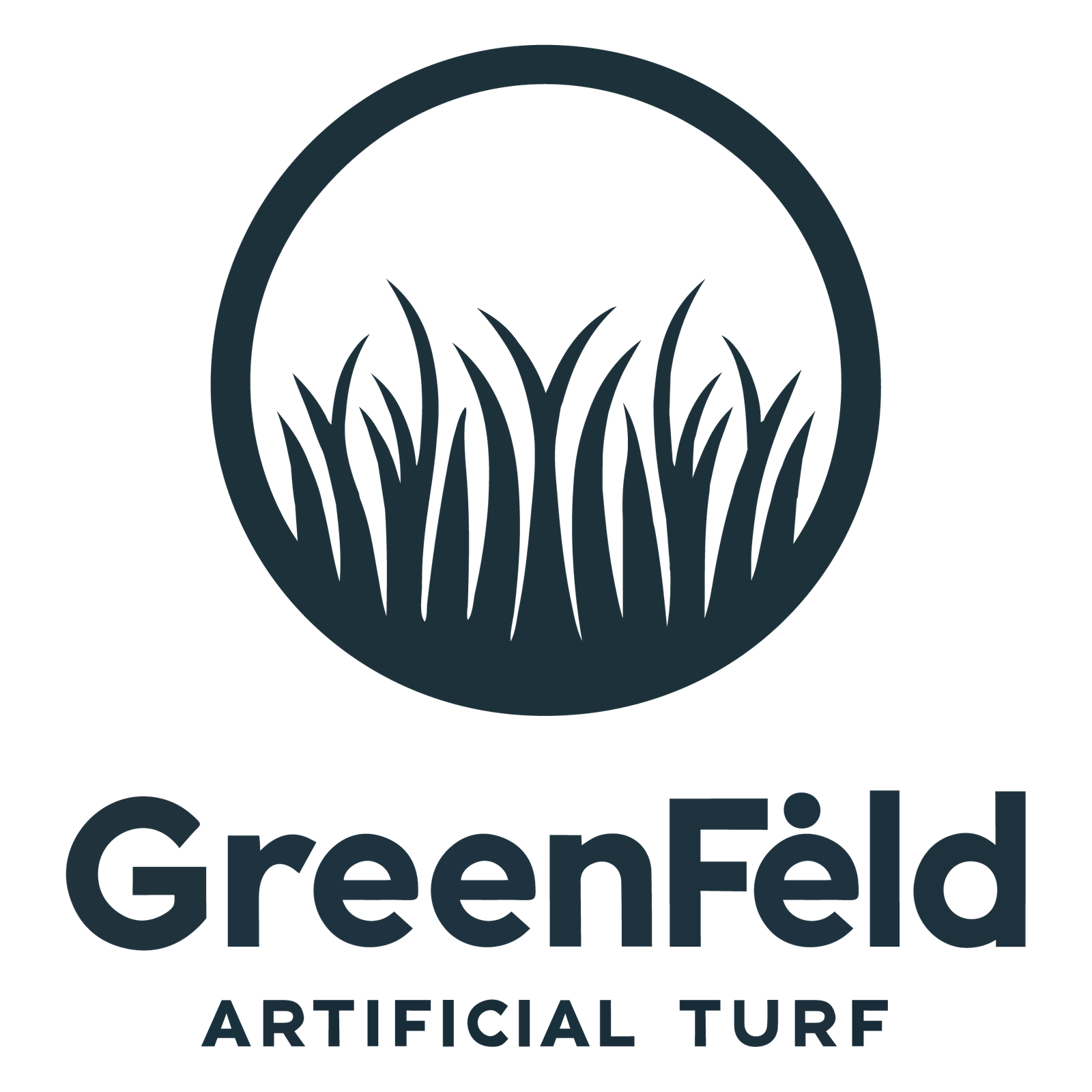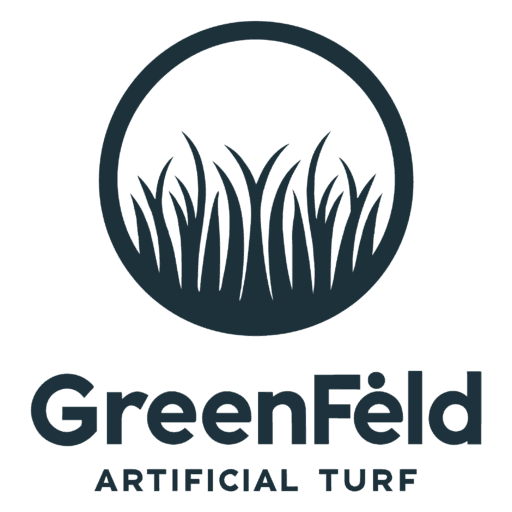Confused about how much infill your artificial grass installation really needs? Without proper infill, your turf might flatten quickly, lose stability, and look unnatural over time.
Typically, artificial grass installations require about 1.5 to 2 pounds of infill per square foot. Proper infill ensures turf stability, prevents wrinkles, and extends the lifespan and appearance of your artificial grass.

Artificial Grass Infill
Choosing the right amount of infill can make the difference between a vibrant, long-lasting artificial lawn and one that quickly loses appeal. Let's dive deeper into the specifics of infill quantities, adhesives, and whether you need infill at all.
How much infill should I use for artificial grass?
Unsure about infill amounts and worried that too little might ruin your expensive turf? Incorrect infill measurements often cause poor drainage, flattened grass, or frequent repairs.
For most artificial grass installations, 1.5 to 2 pounds per square foot of infill is recommended. High-traffic or recreational areas may need slightly more to maintain durability and resilience.

Measuring Infill for Artificial Grass
Recommended infill amounts based on usage:
| Turf Usage | Recommended Infill Amount | Benefits |
|---|---|---|
| Residential Lawn | 1.5 to 2 lbs per sq ft | Stability and natural feel |
| Hotel Landscaping | 2 to 2.5 lbs per sq ft | Increased durability for traffic |
| Sports or Recreation | 2.5 to 3 lbs per sq ft | Enhanced shock absorption |
At GreenFiend, I've found that hotel landscapes and pool areas, benefit greatly from slightly higher infill amounts. Hotels experience high foot traffic, and an additional layer of infill ensures the artificial grass remains upright and attractive. Infill not only stabilizes grass fibers but also improves drainage, protecting turf from heavy rain or poolside splashes. Remember, investing a bit more in infill upfront saves on maintenance and repair costs later.
How much adhesive do I need for artificial grass?
Worried about using too little adhesive, risking lifted or uneven turf? Using inadequate adhesive during installation can lead to expensive repairs or replacements down the line.
Typically, you'll need around 0.3 to 0.5 kg of adhesive per linear meter of artificial grass seam. The exact amount depends on the width of seams and surface conditions.

Applying Adhesive for Artificial Grass
Recommended adhesive amounts per installation type:
| Installation Type | Adhesive Requirement | Importance |
|---|---|---|
| Seam joints (Residential) | 0.3 kg per linear meter | Ensures seamless and invisible joints |
| Commercial landscaping (Hotels) | 0.4 kg per linear meter | Provides extra security for high traffic |
| Sports fields | 0.5 kg per linear meter | Necessary for heavy usage and durability |
From my experience at GreenFiend, hotels and resorts benefit from using slightly more adhesive, especially in areas like pool sides or recreational zones where traffic is high. This added adhesive strengthens the seams, prevents lifting edges, and greatly enhances the longevity of your turf investment.Proper adhesive application is essential for durability, safety, and guest satisfaction, making it a crucial consideration for your artificial grass project.
Does my artificial grass need infill?
Wondering if skipping infill could save money and effort? Avoiding infill might seem tempting, but it can significantly reduce the performance and lifespan of your turf.
Yes, artificial grass typically needs infill. Infill supports grass fibers, provides stability, improves drainage, and ensures a more natural appearance and feel.

Artificial Grass with and without Infill
Benefits of using infill versus no infill:
| Factor | With Infill | Without Infill |
|---|---|---|
| Grass Stability | High stability, fibers stay upright | Low stability, fibers flatten easily |
| Drainage | Excellent drainage | Poor drainage, water pooling likely |
| Heat Management | Reduces turf temperature | Turf heats up quickly |
| Durability | Long-lasting, maintains appearance | Shorter lifespan, frequent replacement |
In my experience with clients worldwide, skipping infill almost always leads to dissatisfaction. uests easily notice flattened, hot, or poorly draining turf, damaging your hotel's reputation. Properly infilled artificial grass creates an inviting and pleasant environment, vital for luxury hotels aiming for superior guest experiences. Avoid the false economy of cutting corners. Using infill ensures your investment remains beautiful and functional for years to come.
Conclusion
Correctly measuring and applying infill and adhesive ensures your artificial grass remains durable, attractive, and functional, offering long-term value and exceptional guest satisfaction in hospitality settings.

